Ranking the Cities We Visited in Japan
- Jordan Joyce

- Apr 26, 2023
- 10 min read
We just finished six weeks traveling around the country that we have been the most excited to visit - Japan. When asked if there is one food that he could eat for the rest of his life (forsaking all other cuisines) Tim’s answer is, without hesitation, Japanese food (I hover between Japanese and Mediterranean) so we were obviously excited to eat. Plus we have a fascination with Japanese culture. To the detriment of their population size, Japan has historically placed a high importance on maintaining their unique culture and forsaken any outside influence. This makes it an incredibly fascinating place to visit as a Westerner. We got to experience many interesting places in Japan, but when comparing the largest cities we were able to see, here is how they shook out and why I might encourage visiting a place like Kanazawa over Osaka!
5. Osaka
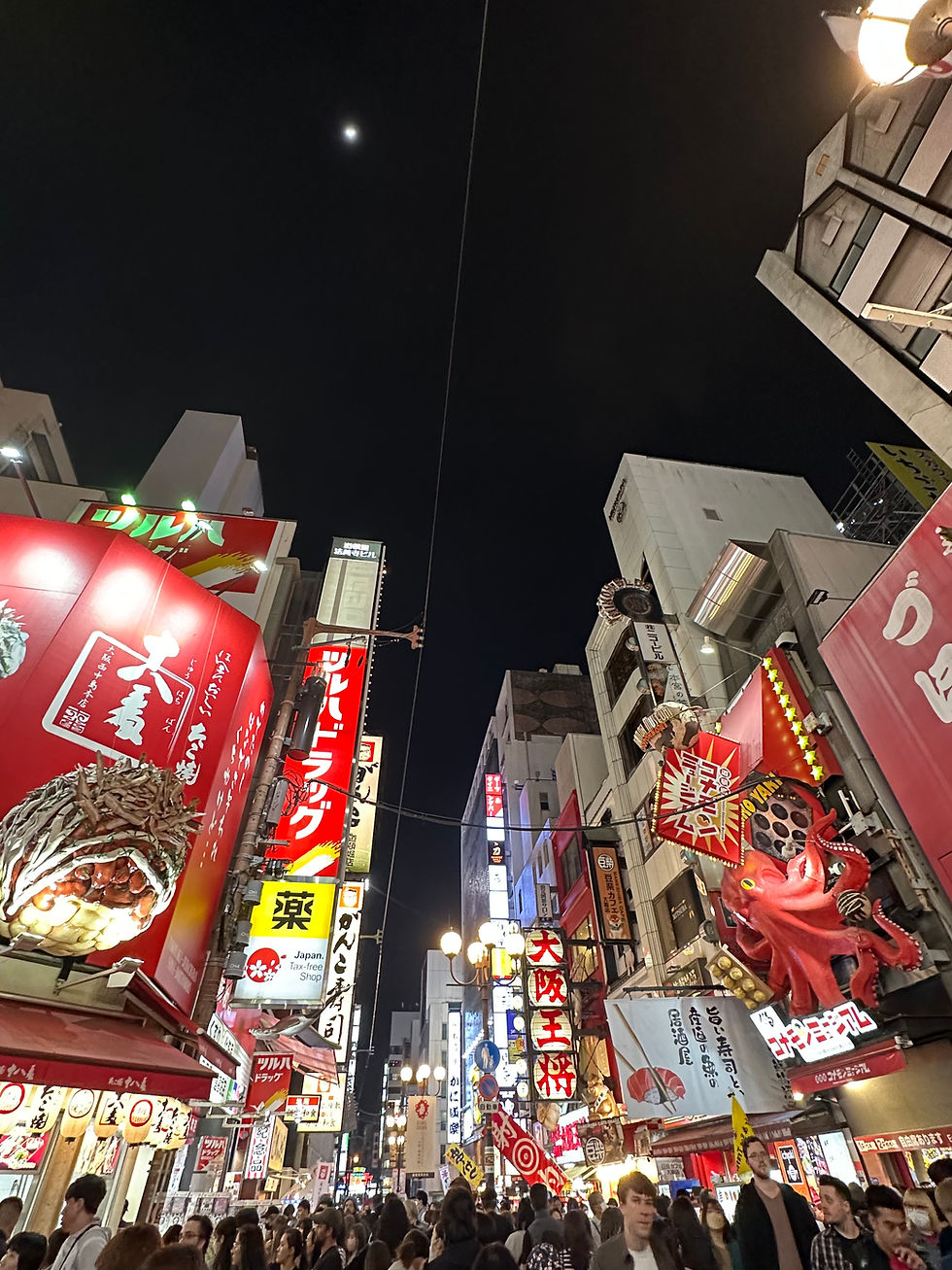
Coming in last place for us is the modern city of Osaka. If someone asked what is “missable” in Japan of the more popular destinations, Osaka would be my answer. It is a big and bustling city and what the Japanese we met described as much more “livable” than the likes of Kyoto for example. But there isn’t much culturally to see per se and although it is definitely a foodie city the lines that amass to enjoy these foods make it somewhat unbearable. Obviously, that doesn’t mean that it was all bad. We actually connected with a lot more Japanese people here than Tokyo or Kyoto for example. But overall, it’s not a place that I believe is a great representation of Japanese culture and the drawbacks of all the crowds really outweighed the benefits.
Highlights:
The Osaka Castle is beautiful to visit and has gorgeous surrounding gardens with blooming Cherry Blossoms in March
It has a great location to do day trips on short train rides to places like Kobe and Nara
Known for street foods like okonomiyaki, takoyaki and melon bread that you can find on almost every corner
The Donbori neighborhood is fun to walk around especially at night
Japanese locals are more friendly and talkative
Downsides:
Lines, lines, lines, lines, lines. When we told a girl we met in Tokyo that we were headed to Osaka she said “prepare to wait in line”. And she wasn’t wrong. Genuinely any place that you’d want to eat will have a line. It’s just a part of the culture here, more so than any other city that we visited. Maybe this is fine for you, but standing in line for hours for a pancake just isn’t our thing! For some context - we were here late March which still isn’t peak season.
A lack of cultural sites like in Kyoto or Tokyo. There’s not much to do besides eat here.
Disappointing food. The famous okonomiyaki and takoyaki were far from my favorite Japanese cuisine. They were covered in sauce and really not flavorful (that’s just my opinion!) and the famous cheesecake is NOT cheesecake. It’s cake with maybe a light cheese flavoring. Petition is in to change the name - I will die on this hill.
4. Kyoto
Where Osaka lacks in culture, Kyoto more than makes up for it. Kyoto was the original capital of Japan prior to Tokyo and is home to the most beautiful shrines and cultural sites. Honestly I absolutely loved Kyoto - between the hours of 6 am - 9 am. Outside of that WOW does it get crowded. Again for context we came mid-March and the cherry blossoms were just blooming so were there at the beginning of peak season. But even so, the beauty of Kyoto is hard to hate. It’s brimming with centuries old temples and quant, adorable alleyways with character that is hard to find in any other Japanese city. Plus, it’s known for sake brewing which was a big bonus for us!

Highlights:
Fushimi Inari Shrine - with over 1,000 red and black tori gates ascending with you up the peak of a gorgeous mountain this shrine was definitely a favorite of any we visited. The site is open 24 hours so we got there around 6 am and basically had the place to ourselves until the crowds started showing up around 8:30 / 9 am.
Higashiyama Ward - preserving the look of feudal-era Japan, this neighborhood is made up of wooden homes and stone alleyways. This is most likely the photo you’ve seen of Kyoto of someone posing on a stone lined street with a 3 roofed pagoda in the background. We loved walking through here in the morning and heading up to the Kiyomizu-dera Temple that’s situated on a hill overlooking Japan.
Tenryu-ji Temple is a trek to get to but has a beautiful garden and a traditional teahouse in the temple complex that you can enjoy a kaiseki style Vegetarian lunch
Enjoying International Cuisine! We actually had some great International food in Kyoto
Sake tasting class with Kyoto Insider Sake Experience. This was a great way to actually define your sake taste instead of just ordering the cheapest bottle :)
Downsides:

Arashiyama Bamboo Grove - this bamboo grove has become Insta famous but I can’t understand why. It’s a very small strip of bamboo forest and quite underwhelming. Worth skipping!
You really need to be an early riser to enjoy the most popular sites unless you’re okay with battling the crowds
Although beautiful, it isn’t a city that I would imagine needing to visit again and again and again
Click Here for our Google Map with our Restaurant, Bar and Other Kyoto Recommendations
3. Sapporo
Many people skip Hokkaido altogether which is understandable on a first trip to Japan. But if you can fit it in, Sapporo is a delightful city and was one of our favorites. The city felt the most international and more “open” than any other that we visited. For example, you could find proper Mexican restaurants here that you could tell are actually run by Mexicans. Not that I’m encouraging you to eat Mexican food in Japan, but it was just apparent that it’s more of a melting pot than the mostly homogenous entirety of mainland Japan.

Sapporians also seemed more forward thinking than others in Japan with less people donning masks everywhere and more people opening trendy bars and restaurants. We enjoyed a ton of natural wine in Sapporo, for example, which is a huge trend throughout the world. And although we did notice a slight decline in English speaking than other parts of Japan, we found the people in Sapporo to be much friendlier and we had many fruitful Google translate conversations to get to know the folks that we met. On top of all of this, Sapporo had by far the freshest and most delicious seafood that we had experienced in all of Japan (and we tried A LOT). And it’s actually accessible (at least at the time of year that we were there in March). There were no long lines to get into the best places and we were able to eat to our hearts content.
Highlights:
Great for day trips to places like Yoichi where you can visit the Nikki Whisky Distillery and Japanese wineries or Otaru which is a canal-lined town known for glass blowing and sushi (I actually recommend staying a night or two here). Obviously if you’re a skier or snowboarder, the snow season here is incredible. You can day trip to many mountains although I’d recommend staying in places like Daisetsuzan National Park for some awesome snow even in April
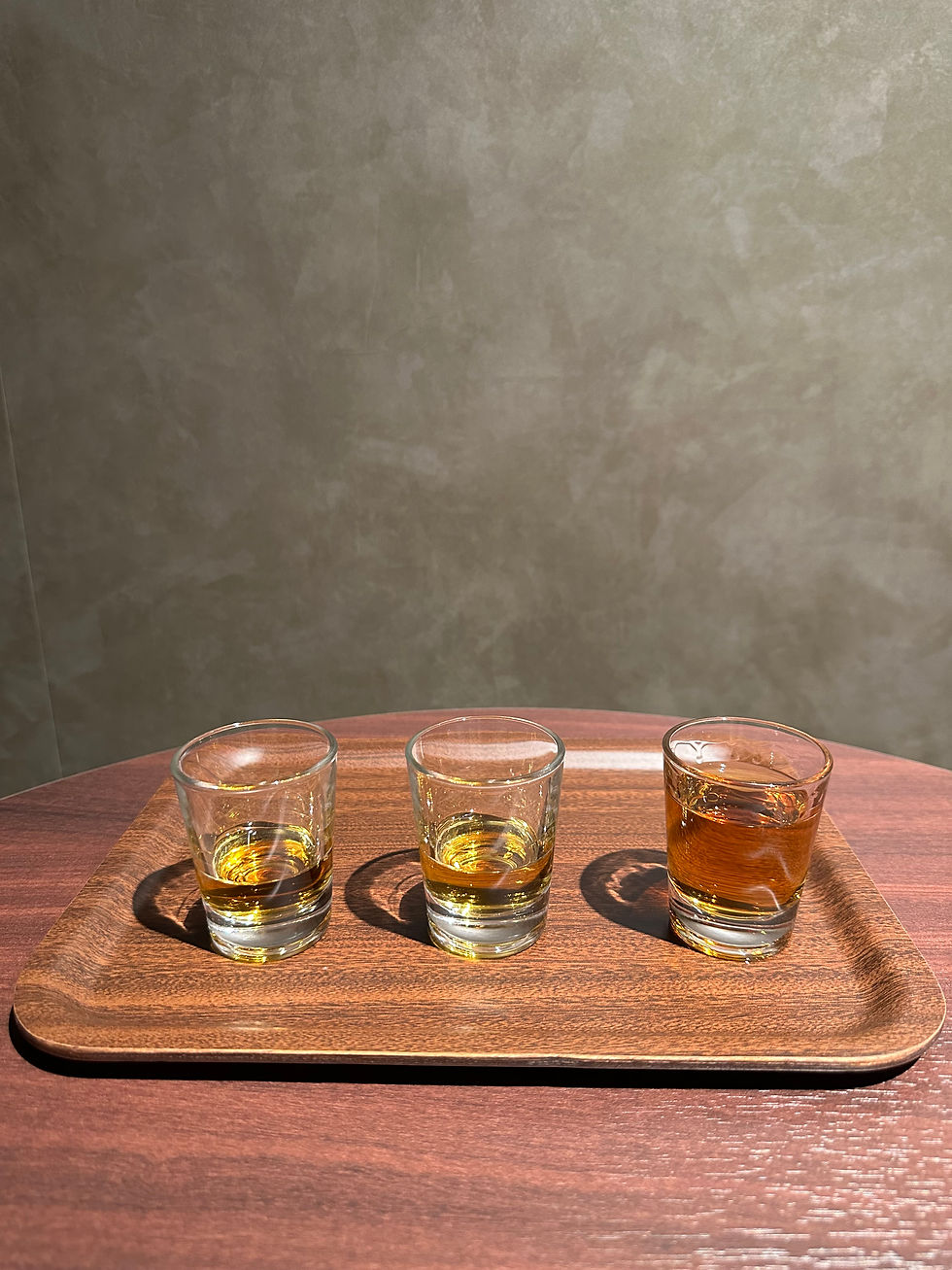
The Sapporo Brewery and Museum is a great place to learn the history of making Japan's most popular beer and you can taste many different kinds
The Sapporo TV Tower is a great look out point around the city and mountain ranges close by
Absolutely incredible sushi. Hands down the best we had in all of Japan
UNI UNI UNI. This was actually the main reason I wanted to visit Hokkaido. This region is known for the best and freshest Uni you can find and it did not disappoint.
This area actually has a great wine scene because of the Yoichi valley nearby which was a real treat for us!
Downsides:
Less accessible than other cities in Japan. Although there is a JR train line that goes to Hokkaido underwater (it’s actually the longest underwater train passage in the world) it does take a long time. You’ll likely need to get on a flight to get here
It can get very cold! It was in the 40s when were there in mid-April
The city has a shorter history than the likes of Kyoto so there are less historical sites here than on the mainland. I would recommend adding this on to a trip that also includes Tokyo and Kanazawa
Click Here for our Google Map with our Restaurant, Bar and Other Sapporo Recommendations
2. Kanazawa

This city North of Japan could be coined “Little Kyoto” for its cultural similarities. What makes it higher on the list for us is the smaller crowds given it being “off the beaten path”, much better food (especially seafood) and the walkability. Kanazawa is known for well-preserved Edo-era districts where you can see local tourists walking around in kimonos and frequenting traditional tea houses. The Castle in Kanazawa dates back to the 1580’s and the adjacent garden began in the 17th century. Plus the Omicho market dates back to this same time period and is known throughout Japan for serving some of the freshest and best sushi. When we told locals in Tokyo we were headed there, they all immediately asked if we were going to eat sushi. The answer was well…duh.
Highlights:
Omicho Market - this was our favorite market in all of Japan. It’s huge and easy to walk around and has tons of stalls packed with fresh seafood, croquettes which was a new favorite Japanese find, oden, fresh fruits and vegetables and even craft beer.
Hida Beef - Hida beef is Kobe beef’s rival cousin from this region of Japan. We found Hida beef to be a bit more “fatty” than Kobe beef and extremely delicious. You can find Hida Beef sushi in the Omicho market that literally melts in your mouth
Walking around Higashi Chayagai, the largest and most well preserved Edo-era teahouse district in Kanazawa. I wasn’t brave enough to don a kimono but it was so fun to see everyone walking around in traditional garb. The crafts in this area are also amazing
An easy day trip to Shirakawa-go which is a UNESCO World Heritage site which is a mountain settlement of old and unique houses
Gorgeous Castle and garden grounds
Very accessible from Tokyo on a short 2.5 hour train ride
Downsides
Because it’s in the North the weather was much colder than Tokyo in March. Depending on the time you go, you might need to bring a heavier jacket!
Click Here for our Google Map with our Restaurant, Bar and Other Kanazawa Recommendations
1. Toyko

Tokyo is damn worth the hype! Sometimes capital cities don’t really live up, but Tokyo absolutely does. Home to around 40 million people Tokyo is sprawling and filled with pockets that have something for everyone. Although it is the most populated city in Japan you would never know it. Unlike New York, the traffic is manageable and you rarely ever hear a honking car. People are walking politely in highly foot-trafficked areas and there is literally not one piece of trash on the ground (heads up, you have to carry your own trash home in Japan - don’t look out for street trash cans because they don’t exist!). But that doesn't mean it lacks character. If you are really into animals you can find cafes featuring cats, dogs, owls, and every random thing in between in Harajuku. If video games are your thing, Akihabara district is lined with shops selling games and places you can compete against friends. If you like quiet and trendy areas, Nakameguro has cute cafes and a beautiful sakura lined river that is a famous spot to see the full blooms in March and April. And obviously it’s a foodie heaven. Plus it’s incredibly easy to get around! We spent 7 days in Tokyo and it wasn’t even close to being enough. We could spend months here and never get bored. We will be back!
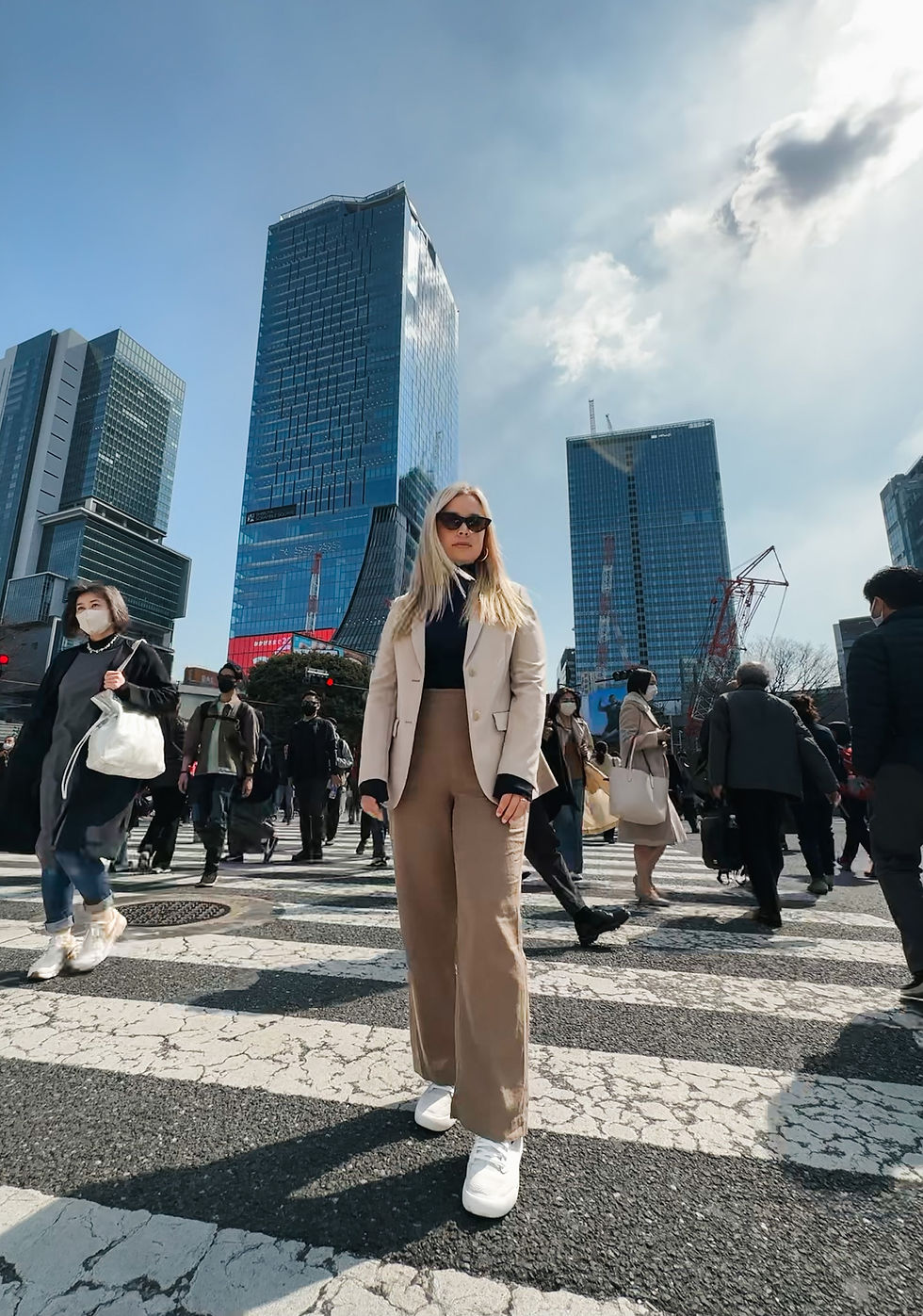
Highlights:
Lo-Fi whiskey and record bars in Shinjuku
Ueno Park in the Shinjuku area is a lovely place to walk around and has a ton of cherry blossoms
Shibuya Crossing is the busiest street crossing in the world and fun to experience the energy. It’s better at night!
Asakusa neighborhood is famous for kitchenware and Japanese knives. We bought a set of knives and found the cutest sake tasting shop
Akihabara neighborhood is super fun to walk around and see the vibe of the gamers
Harajuku neighborhood has some awesome vintage and secondhand shopping
And of course, eating our way through everything that we can!
Downsides:
For me - the only downside was the self imposed pressure that I felt to eat at the “best of the best” places. If I could go back in time and give myself advice it would be this - every single meal that you have in Japan will be amazing. Don’t try so hard to book the most amazing restaurants. At the end of the day, our favorite meals ended up being the ones that we happened upon when we were hungry, not the ones that we booked months in advance.
Click Here for our Google Map with our Restaurant, Bar and Other Tokyo Recommendations
Some Advice for Tokyo + Japan in General
Bring a small hand towel out with you. There are tons of clean public restrooms, but they don’t have towels or hand dryers. Everyone brings their own small towel to dry their hands
Pre-load the Suica card to your Apple Wallet before you land. You can use this for all the metro systems in Tokyo and some in other parts of Japan (only AMEX or Mastercard worked for us to add money to the card. Visa did not work)
Have a small plastic bag with you at all times. Because there are no trash cans anywhere (even in public bathrooms) you will need to bring your trash home with you. If you really need a trash can, 7-11, FamilyMart and Lawsons will typically have them and they are on every corner
Make sure to have cash with you. More places took card than we thought but there are some that are still cash only
Google Maps works great for planning how to get anywhere on the metro system!
Use the Navitime Website to pre-plan your longer train rides if you can. Write down the train date and time that you want on a piece of paper and go buy them all at once at the train station. The lines get super long so if you do this one by one every time you need to buy a ticket it can eat up a lot of time. They are also flexible at letting you change your ticket if you do want to last minute. You need to buy individual tickets even if you have the JR Pass (we didn’t do the JR Pass though so I don’t have all the info).
The best website to check out restaurant rankings is Tabelog. Anything above 3.5 is great by Japanese standards!





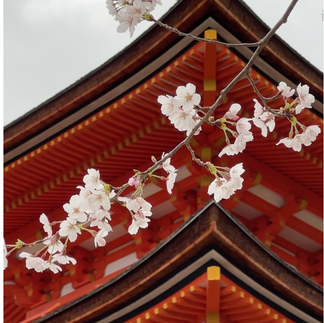







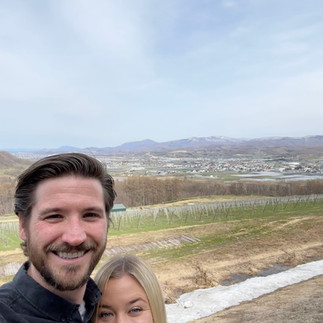



















Comments